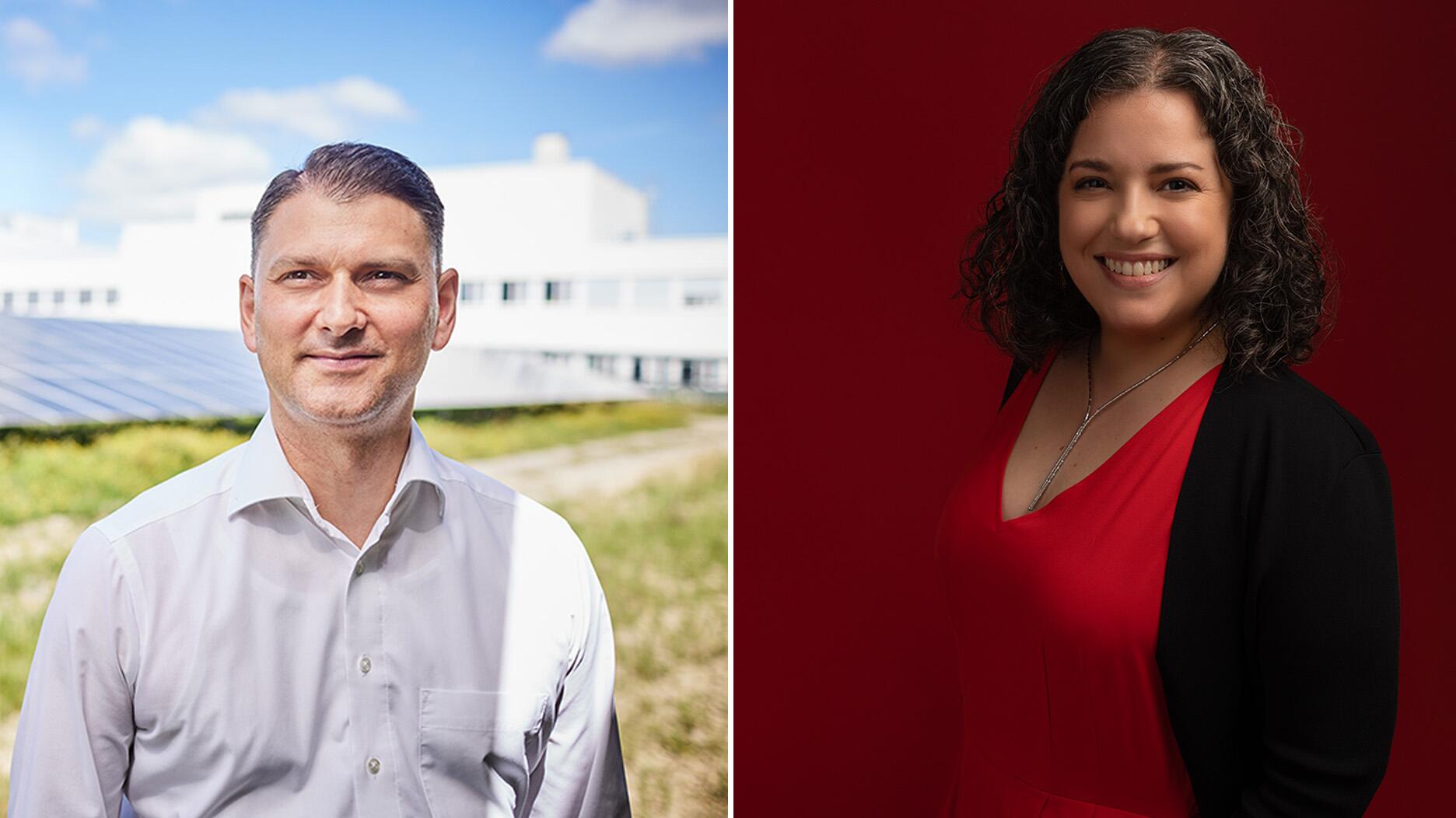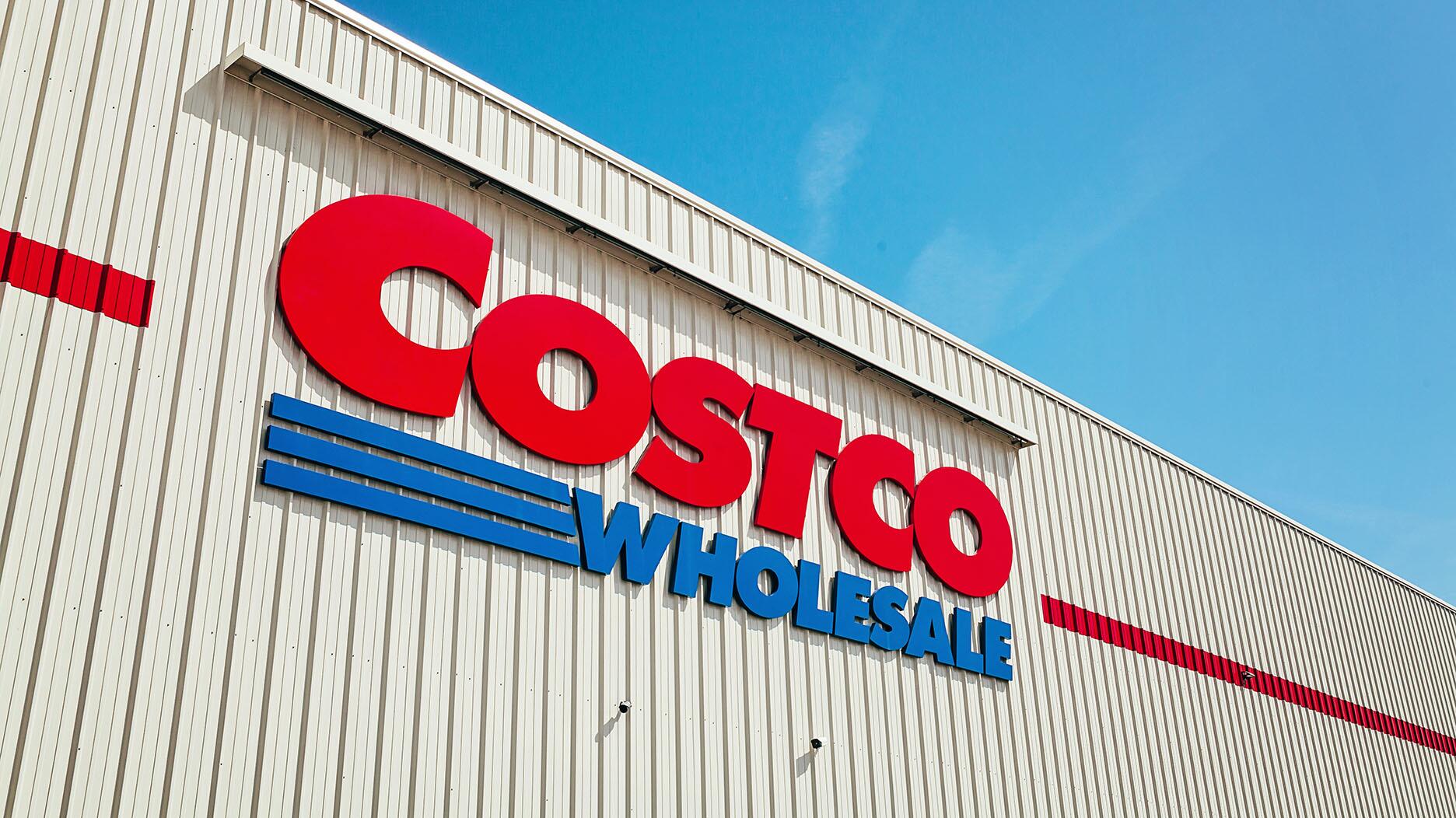Tiffany & Co. Gets Approval for Net-Zero Emissions Target
The Science Based Targets initiative confirmed the jeweler’s goal is in line with the latest climate science.

The SBTi guides the private sector on the best practices for setting emission reduction targets that are in line with the latest climate science.
The group is a partnership between CDP, the United Nations Global Compact, the World Resources Institute, and the World Wide Fund for Nature.
“This validation confirms that the targets Tiffany & Co. has set to reach net-zero emissions by 2040 are based on the latest climate science and meet the urgent need to keep warming to 1.5°C in line with the Paris Agreement,” said Tiffany.
The jeweler also received approval from SBTi on its 2030 near-term greenhouse gas reduction target.
By 2030, Tiffany pledged to reduce Scope 1 and 2 emissions, which are related to its own operations, by 70 percent compared with a 2019 baseline.
It plans to reduce Scope 3 emissions, which are related to its supply chain, by 40 percent by 2030 compared with the 2019 baseline.
Tiffany said it’s on track to meet both targets, having already reached 33 percent reductions in all three scopes last year.
The near-term target will mark a “significant milestone” toward its net-zero target, which includes a 90 percent reduction in emissions in all scopes by 2040.
“The remaining 10 percent of emissions is planned to be neutralized by high-quality carbon removals through Tiffany & Co.’s expanded investments in nature-based solutions,” said the company.
To reach its goals, it will require “the engagement and decarbonization of [the] entire value chain.”
Last year, the jeweler worked internally across departments to map out how to reach its goal, delving into the sourcing of raw materials, the distribution and transportation of its products, and the partnerships with its suppliers and manufacturers.
The company said it’s in the process of rolling out a supplier engagement program so it can work with key suppliers on decarbonization. There are plans to launch pilot engagements by the end of the year.
The jeweler also looked at the construction and operation of its retail stores, including the new Landmark flagship in New York City.
For the revamped flagship, the company made “significant investment” in sustainability by incorporating environmental, health and well-being initiatives into the store’s redesign plans. The store is on track to achieve LEED Gold certification and WELL Platinum certification, which is a measure of how a space promotes health and well-being.
Within its portfolio, more than 35 retail stores, offices, and manufacturing sites have been LEED-certified.
Starting in 2006, Tiffany & Co. has installed on-site solar at five locations, including in the Dominican Republic, Cambodia, and Rhode Island, as well as in two office and distribution facilities in New Jersey.
This year, the solar power plans will expand to its diamond polishing facility in Botswana and its jewelry manufacturing site in Lexington, Kentucky.
Currently, 91 percent of its global electricity stems from clean, renewable sources, said the company, including on-site solar and renewable electricity credits in more than 25 countries of operation.
The Latest
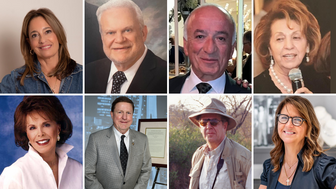
From influential executives to innovative designers, we pay tribute to the people we said goodbye to this year.

The retailer is expanding into areas with large Indian and South Asian populations.
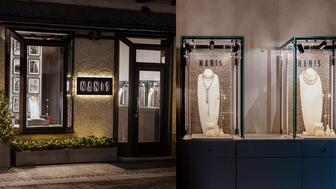
The Italian brand has opened its first flagship amid the peaks of the Dolomites in Madonna di Campiglio, Italy.

How Jewelers of America’s 20 Under 40 are leading to ensure a brighter future for the jewelry industry.
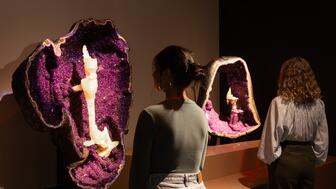
The new curation at the Natural History Museum of Los Angeles County showcases rare gem and mineral specimens in their uncut, natural state.


The couple pleaded guilty to concealing at least $127 million in cash transactions at its precious metals businesses.

Consumers shared concerns about prices, inflation, tariffs, trade, and politics in the survey’s write-in response section.

Roseco’s 704-page catalog showcases new lab-grown diamonds, findings, tools & more—available in print or interactive digital editions.

In February 2026, the auction house will move its headquarters to the former Steinway Hall, a neoclassical landmark on Billionaires’ Row.

The new show will take place Jan. 23-25, 2026.

The former BHP Billiton leader and Gemfields chairman is remembered for his influential leadership throughout his 50-year mining career.

The LVMH-owned brand has partnered with the costume design union to revamp its award for 2026.

The luxury titan inked a deal to acquire an initial minority stake in the jewelry manufacturer with a pathway to full ownership by 2032.

The company’s curation of unsigned vintage and estate jewelry debuted at the Bloomingdale’s in Costa Mesa, California.

In the recent multi-shipment seizure, CBP also found counterfeit Audemars Piguet, Moncler, and Chrome Hearts items.

Helzberg’s Chief Retail Officer Mitch Maggart shared details about its tests of a new store concept rooted in an elevated luxury experience.

Jewelers of America execs and National Jeweler editors discuss tariffs, the sky-high gold price, and the engagement that broke the internet.

The luxury goods company said founder Ippolita Rostagno will remain at the brand’s helm.

Laura Burdese, who joined the Italian luxury brand in 2022, will take on the role in July.

The National Jeweler editors revisit the most noteworthy industry happenings and design trends from 2025.

Need a gift for the cat lover who has everything? Look no further than our latest Piece of the Week.

It purchased the “Grosse Pièce,” an ultra-complicated Audemars Piguet pocket watch from the ‘20s, for a record-breaking price at Sotheby’s.

The lab-grown diamond grower now offers custom engagement and fashion jewelry through its Kira Custom Lab Jewelry service.

Chandler got his start at Michelson Jewelers and has served as DCA president and CEO since 2001. He will retire at the end of the month.

The boutique is slated to open this week inside Terminal 8, offering pre-owned Rolex watches and more to international travelers.

Sponsored by Digital Monitoring Products

The special-edition egg pendant ingested in a New Zealand jewelry store was recovered after a six-day wait.














